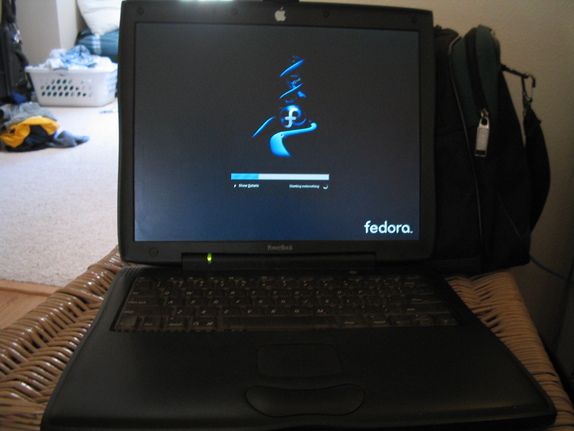

You should see a series of lines like the following output on your screen: This will also compile the program, if it has notįigure 9-2: Run a program in Visual Studio ¶ Due to incompatibilities among Visual Studio versions, we do not provide pre-compiledįigure 9-1: Setting “Solution Configuration” to “Release” mode in Visual Studio ¶įrom the command options select Debug -> Start Without Debugging (or CTRL-F5). In the top toolbar, next to the green arrow (see Figure 9-1īelow). The “Solution Configuration” can be set using the drop-down menu In Visual Studio, make sure the “Solution Configuration” is set to “Release” and Recent version, it will ask if you want to convert the files to the new version.Īgree and continue through the conversion process. Note: These files were created using Visual Studio 8. Double-click the file HelloArgon.sln (a Microsoft Visual

Descend into the directoryįolder VisualStudio. Navigate to wherever you saved the example files.

Process would be used to run the other examples. The instructions below are for running the HelloArgon program. Sections below describe the HelloArgon, HelloSodiumChloride, and HelloEthane programs in more detail. HelloArgon and HelloSodiumChloride also serve as examples of how to do these mappings. Only provided in C++ but can be adapted to run in C and Fortran by following the HelloSodiumChloride but demonstrate more calls within the OpenMM API. The other twoĮxamples-HelloEthane and HelloWaterBox-follow the same structure as The two fundamental examples-HelloArgon and HelloSodiumChloride-are provided inĬ++, C, and Fortran, as indicated in the table below. The otherĮxamples provided use systems where the performance difference would be too

It runsĮxtremely fast on a GPU but very, very slowly on a CPU, so it is an excellentĮxample to use to compare performance on the GPU versus the CPU. HelloWaterBox: This example shows you how to use OpenMM to modelĮxplicit solvation, including setting up periodic boundary conditions. To tell OpenMM about bonded forces (bond stretch, bond angle bend, dihedral HelloEthane: The main purpose of this example is to demonstrate how HelloSodiumChloride: This example shows you our recommended strategyįor integrating OpenMM into an existing molecular dynamics code. It also introduces you to the basic classes HelloArgon: A very simple example intended for verifying that you Example Files Overview ¶įour example files are provided in the examples folder, each designed with


 0 kommentar(er)
0 kommentar(er)
